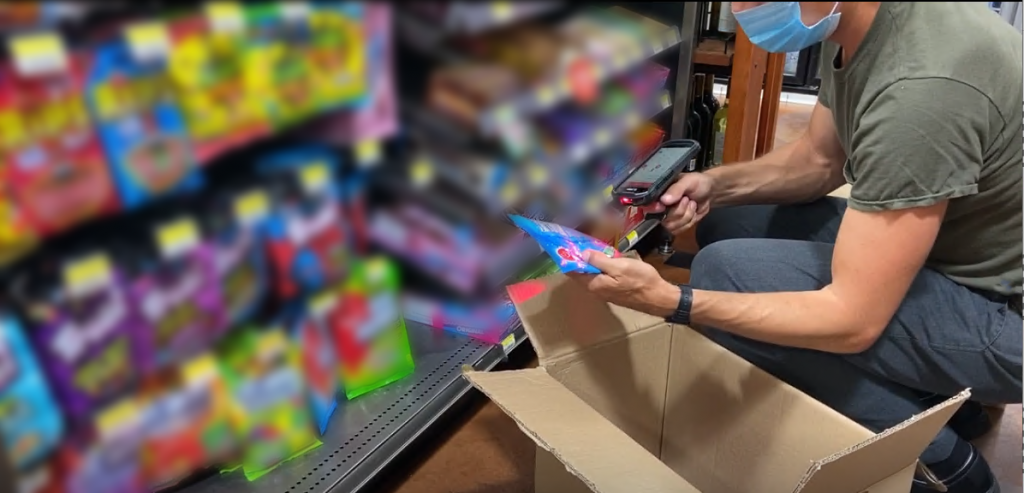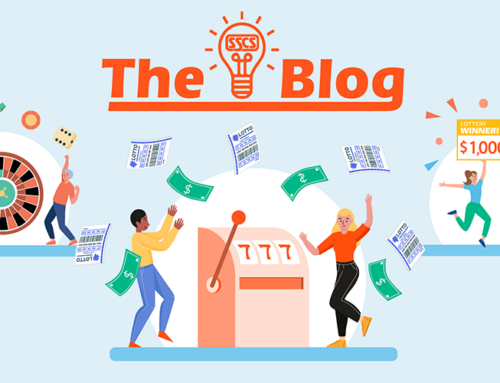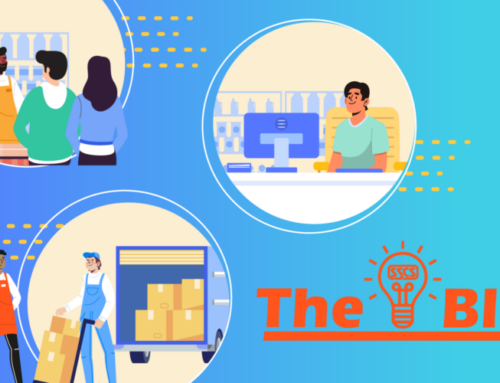Third party delivery companies are poised to compete in the c-store space through the creation of “dark” or “stealth” networks.
The Convenience Store that Wasn’t There
Layering convenience on top of convenience.
Over the past few months, in this Time of Coronavirus, convenience stores have emerged as being particularly adaptable. This includes experimenting with different approaches to delivery. But as we’ve written previously, the pivot to delivery hasn’t been a particularly easy transition. Convenience stores aren’t expert in it; no one ever expected them to be.
Now, however, the consumer mindset is undergoing a transformation driven by COVID-19, one which may well become permanent. If the price is right and the service is dependable, people are finding they like to sit on their couch, perhaps imbibe the libation of choice (or something), and digitally order items. And there’s no sign that their enthusiasm for a layer of convenience on top of convenience will wane after the pandemic is over.
Sharp, progressive convenience store owners can’t ignore this potential trend, but there are issues in undertaking a solution. Bringing delivery in-house isn’t all that appetizing, because—especially for smaller stores—grafting a delivery model onto an existing operation is a long way from being perfected. Running a delivery operation has to make economic and logistical sense, and finding a model that works has proven to be a struggle.
The alternative, using a third party service, is fraught with uncertainty. In this scenario, the operator cedes control over customer satisfaction to an entity over which they have little formal authority. Yet if anything goes wrong, the c-store is in line to get a black eye because the consumer assumes the provider of the merchandise has the ultimate responsibility for the items they sell. This is far from ideal.
A new kind of competitor.
The thing is…if c-stores don’t figure delivery out, they may soon find serious competition coming from those that are expert in delivery: third party services like goPuff and DoorDash. True, these entities (and others like Uber Eats) have staked out partnerships with convenience stores in the past, but—no doubt inspired by potential demand—they have now come up with an alternative: the “dark” or “stealth” convenience store network, a concept that basically takes the “convenience store” out of “convenience store network.”
Two informative articles, one from HNGRY, and a particularly well-rounded article from CSP Magazine, explain the concept in detail. Similar to restaurant ghost kitchens, dark stores aggregate convenience store merchandise in a warehouse and sell through a virtual storefront. DoorDash seems to have taken an early lead in the new market segment. Consumers make a purchase from a brand on DoorDash called (appropriately enough) “The Convenience Store,” then the products are delivered from DoorDash’s own warehouses.
Redefining convenience.
We followed up with the co-author of the CSP article, Frank Beard, a convenience retail consultant and speaker. As an industry professional who constantly travels the country doing research on all things convenience store, Beard is well-positioned to frame the dark c-store network within a larger context.
“Look, the convenience store industry is surely healthy, but the dark store network is an example of how immediate consumption and impulse are becoming a battleground,” he says. “Retailers can’t afford to ignore other players, like DoorDash, that are attempting to redefine the meaning of convenience.”
Right now the decision makers behind stealth networks are doing some experimentation of their own, figuring out where their services best work. High-density urban areas, with delivery points relatively close to each other and a consumer set that wishes to avoid the hassle of running errands in a congested neighborhood are one market with promise. Another is the mid-sized college town, where it’s easy for a service to maintain a high profile among students that are too busy going to class, studying, and, yes, partying, to make it to the store. Both locations are favorable to a provider wishing to guarantee delivery in, say, 30 minutes or less.
Sticking to the knitting.
In the early 1980’s a groundbreaking business book called, “In Search of Excellence,” advised business executives to “stick to the knitting,” a phrase that means keeping focused on what one does best. This is essentially what delivery companies are doing. It’s easier to control fees and figure out delivery algorithms when you live and breathe the delivery business. Besides expertise, third party networks may also have another advantage: an allure to investors that convenience stores can’t match.
“It seems to me that a venture capital firm taking note of the potential of the dark stores might be willing to invest in a start-up of this type,” states Beard. “Would it surprise anyone if we woke up tomorrow and discovered that a VC-funded startup is delivering convenience products from shipping containers in empty Sears parking lots? Retailers may have to face competition from new entrants that aren’t subject to the same immediate pressures to turn a profit.”
So what does a convenience store do to compete? First of all, we have to remember that delivery is never going to be a one-size fits all solution, with many markets a less than ideal match. Yet there’s little question that remaining competitive requires a c-store to stick to its own knitting. This means continuing to develop what they are expert in, such as providing a warm, familiar environment with enough high quality fresh items to keep consumers interested. Others may find opportunities to create their own delivery network by working with companies like Vroom Delivery, which makes it easier to deliver age-restricted products.
“Convenience retailers will figure this out in time, but some are coming into delivery with the advantage of a strong foodservice program,” adds Beard. “A DoorDash dark store won’t have Wawa hoagies or Casey’s pizzas in its inventory.”
This the strength that c-stores have to leverage.
The role of technology.
Over the past few decades, convenience stores have gotten used to relying on technology to create maximum profitability and efficiency, to the point that “convenience store success” is inextricably linked to automation. In other words, the embrace and understanding of what computerization can do for the store has become part of sticking to the knitting for the operator—keeping margins healthy, providing an understanding of what product mix works well, spotting suspicious behavior at the point-of-sale—and any other essential benefit of software and related solutions.
 Technology providers like SSCS make it a point to position customers for the challenges of the changing market, of which the advent of the dark convenience network is one out of many. We do it not just through the technology we provide, but by providing the industry’s gold standard of support, with real, live, seasoned industry professionals that can frame technology in the context of competitive factors, and help get our users on the right trac
Technology providers like SSCS make it a point to position customers for the challenges of the changing market, of which the advent of the dark convenience network is one out of many. We do it not just through the technology we provide, but by providing the industry’s gold standard of support, with real, live, seasoned industry professionals that can frame technology in the context of competitive factors, and help get our users on the right trac
While we may not have a crystal ball to predict the impact of stealth c-store networks, we can predict that we will work diligently to shore up our user’s strengths when they decide to leap into something new, whatever that is. We’ve gotten through this pandemic together. We’ll get through the future together, too, one automated step at a time.









Leave A Comment